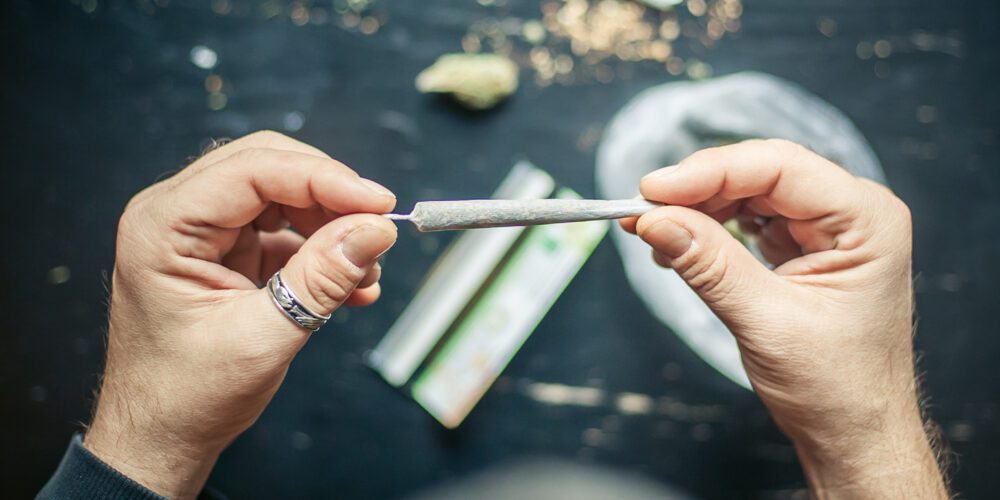Older Australians turning to cannabis as cigarette prices rise

New research from Curtin University has revealed increasing cigarette prices over the past several years have seen more older Australians turn to cannabis use as an alternative.
Researchers from Curtin’s School of Accounting, Economics and Finance investigated the buying habits of nearly 100,000 Australians from 2001 to 2019 by analysing data from the Australian National Drug Strategy Household Survey.
The team found when cigarette prices increased cannabis use decreased in Australians under 40 years of age, with no change for people aged between 40 and 50.
However, it also showed cannabis use increased among people aged over 50 when cigarette prices rose.
Study author John Curtin Distinguished Professor Mark Harris said the results were surprising because cannabis and tobacco are generally consumed as a bundle.
“In economic terms, if they’re consumed together and it becomes more expensive to buy tobacco, you’d expect cannabis consumption to also fall,” Professor Harris said.
“But what we’ve found is the relationships between the drugs, and the way people use them, potentially changes with the age of a consumer: cannabis can change from a complement of tobacco, to a replacement.”
As part of the study, researchers ran a simulation of what would happen if tobacco prices rose by 10 per cent through higher taxes or other means.
They found 68,000 people aged over 50 would start using cannabis in response, whether increasing existing cannabis use or opting to try cannabis for the first time as a tobacco substitute.
Co-study author Dr Ranjodh Singh said applying consumer behaviour research could help create effective health promotion strategies.
“In economics, we have this idea that people behave rationally, that we act according to price,” Dr Singh said.
“But different segments of the population will respond differently to price increases, that’s why we use the term ‘life cycle approach’ when looking at consumption.
“So on average, increasing tobacco prices makes cannabis use go down — but the opposite is true for this particular age group.”
Dr Singh said the findings could help shape future health policies and messaging.
“This shows applying blanket policies for everybody may not be the best way to improve outcomes across all demographics,” Dr Singh said.
The study was conducted in collaboration with RMIT University’s Dr Preety Srivastava.
‘Cannabis and tobacco: substitutes and complements’ was published in the Journal of Population Economics.



